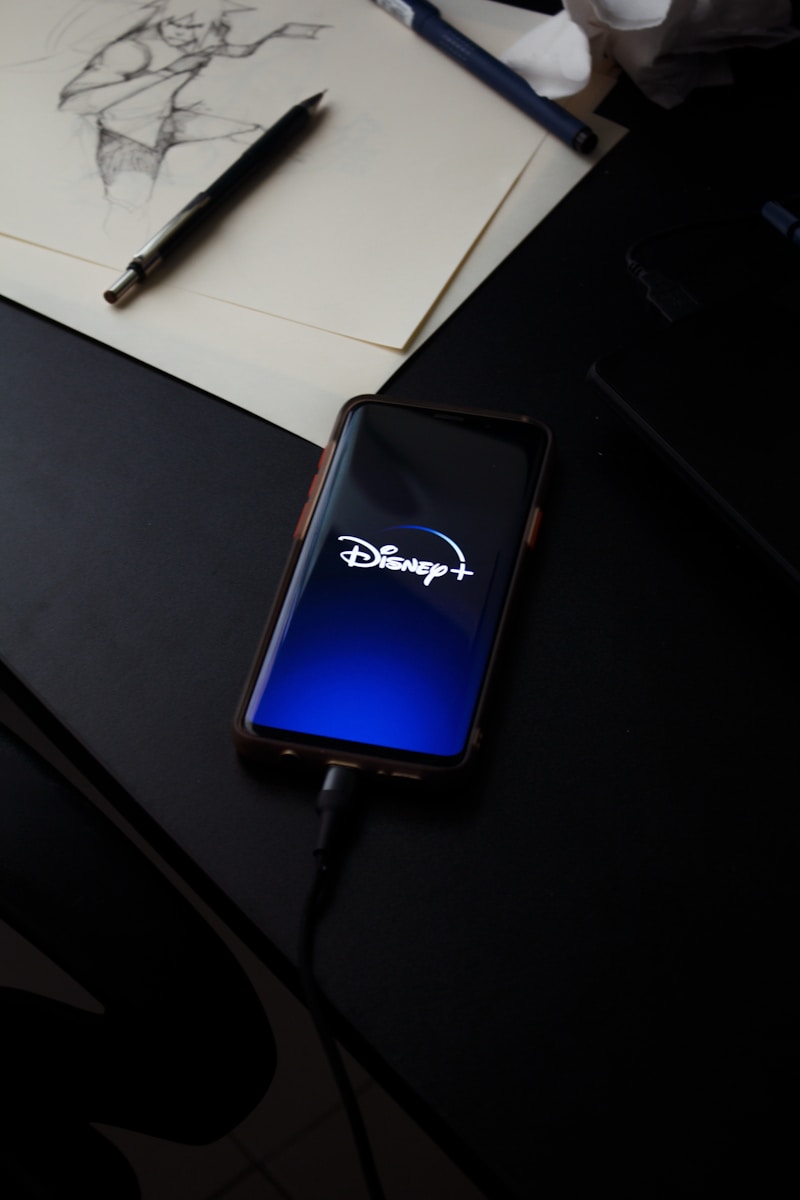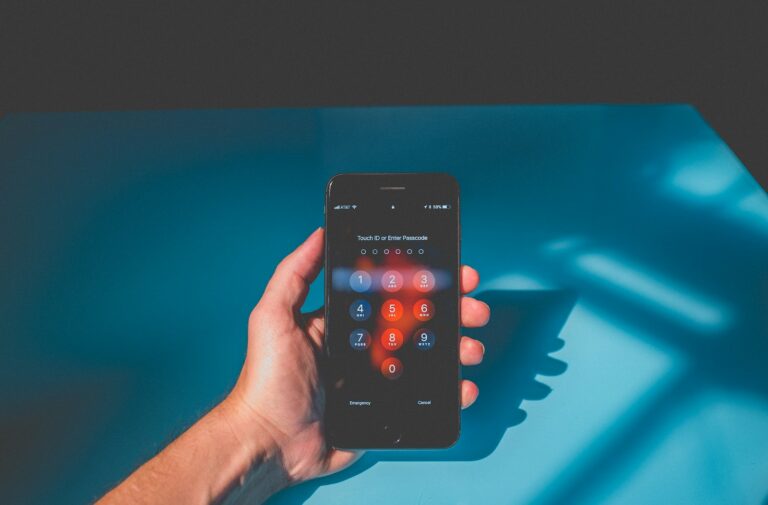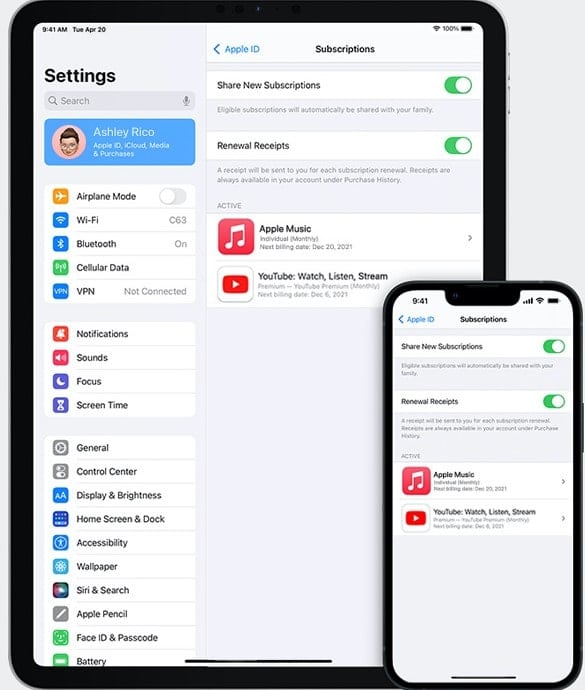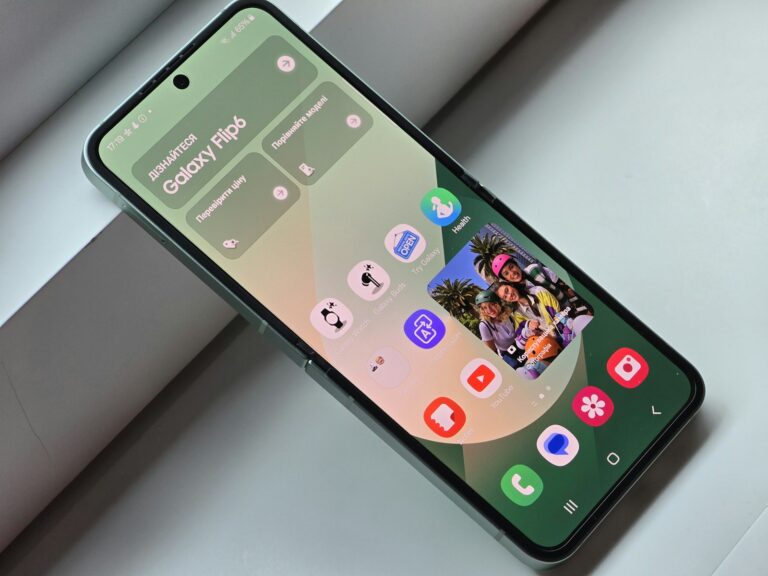
Picture-in-picture (PiP) mode on iPhones lets users watch videos while using other apps. This feature enhances multitasking capabilities, allowing seamless navigation between content and productivity tasks. To activate PiP, users can swipe up from the bottom of the screen or press the home button while a video is playing in a supported app.
The PiP window offers flexibility in positioning and size. Users can drag the video to any corner of the screen or resize it with pinch gestures. Tapping the window reveals playback controls, while swiping it off the screen edge temporarily hides the video without stopping playback.
PiP mode works with various apps, including Apple TV, FaceTime, and Safari. For YouTube videos, users may need to copy the link and paste it into Safari to enable PiP functionality. This workaround expands the feature’s utility across a broader range of content sources.
Key Takeaways
- Picture-in-picture mode enables video watching while using other apps on iPhone
- Users can activate PiP by swiping up or pressing the home button during video playback
- PiP works with multiple apps and offers easy controls for repositioning and resizing the video window
Understanding ‘Swipe to Play’ Mechanism
The ‘Swipe to Play’ mechanism has revolutionized mobile gaming and puzzle experiences. This intuitive control scheme allows users to interact with games through simple touch gestures.
Basics of the Swipe Gesture
Swipe gestures involve sliding a finger across a touchscreen to trigger an action. In gaming, this motion typically moves game elements or selects options. The gesture’s simplicity makes it accessible to players of all ages and skill levels.
Swipe controls often replace traditional buttons or joysticks. This streamlined interface frees up screen space for game content. Developers can create more immersive experiences without cluttering the display.
Many puzzle games use swipes to move pieces or solve challenges. Players might swipe to match items, clear obstacles, or progress through levels. The tactile nature of swiping enhances user engagement and can make gameplay feel more natural.
Evolution of Picture-Based Puzzle Games
Picture-based puzzle games have embraced the swipe mechanic to create new gameplay styles. These games often task players with manipulating images through swipe gestures to complete objectives.
Early examples included sliding puzzle games where users rearranged picture fragments. Modern iterations offer more complex challenges. Some games require players to swipe to reveal hidden objects within images.
Developers have expanded on this concept with innovative twists. Games now feature dynamic pictures that react to swipes in unexpected ways. This evolution has led to a diverse range of picture-based puzzles that test observation skills and lateral thinking.
The popularity of these games has grown due to their pick-up-and-play nature. Short sessions and intuitive controls make them ideal for mobile platforms. As technology advances, we can expect even more creative uses of the swipe mechanic in picture puzzles.
How to Play Picture Swipe Games
Picture swipe games challenge players to solve puzzles by sliding and rearranging image pieces. These games test spatial reasoning and problem-solving skills while offering an engaging visual experience.
Game Rules and Objectives
Players start with a scrambled image divided into movable pieces. The goal is to recreate the original picture by sliding the pieces into their correct positions. Most games allow moves in four directions: up, down, left, and right. Players can only move pieces into empty spaces.
Difficulty levels vary based on the number of pieces:
- Easy: 3×3 grid (8 pieces)
- Medium: 4×4 grid (15 pieces)
- Hard: 5×5 grid or larger (24+ pieces)
Some games include additional features:
- Time limits
- Move counters
- Hint systems
- Multiple puzzle types (landscapes, animals, famous artwork)
Strategies for Solving Picture Puzzles
Start with the edges: Identify and position corner pieces first, then work on the border.
Focus on distinct features: Look for unique colors, patterns, or shapes to guide piece placement.
Work in sections: Solve one area of the image at a time, starting with the most recognizable parts.
Use the empty space wisely: Plan several moves ahead to efficiently slide pieces into place.
Take breaks: If stuck, step away briefly. A fresh perspective often leads to breakthroughs.
Practice regularly: Solving more puzzles improves pattern recognition and spatial awareness skills.
Design Considerations for ‘Swipe to Play’ Puzzles
Swipe-to-play puzzle games require careful planning to create engaging and enjoyable experiences. Key aspects include user interface design and difficulty balancing.
User Interface (UI) and User Experience (UX)
A clean, intuitive UI is crucial for swipe-to-play puzzles. The game should use clear visual cues to guide players. Buttons and interactive elements must be large enough for easy touch control.
Color schemes should enhance visibility and highlight important game elements. Animations can provide feedback on successful moves or puzzle completion.
Sound effects can enhance the gaming experience. They should be subtle and not overwhelming. Options to mute or adjust volume are important for player comfort.
Tutorial screens or pop-up hints can help new players understand game mechanics quickly. These should be concise and easy to dismiss for experienced players.
Balancing Difficulty Levels in Puzzle Design
Proper difficulty progression keeps players engaged without frustration. Early levels should be simple to solve, gradually increasing in complexity.
Introducing new puzzle mechanics or elements should happen slowly. This allows players to master basic concepts before facing tougher challenges.
Offering multiple difficulty modes caters to different skill levels. Easy, medium, and hard options let players choose their preferred challenge.
Time limits or move counters can add pressure to puzzles. These should be generous in early levels and tighten as players progress.
Hint systems can help stuck players without solving the puzzle for them. Limited hints or cooldown periods prevent overuse.
Reward systems, like stars or points, can encourage replaying levels for better scores. This adds replay value and extends game life.
Frequently Asked Questions
‘Swipe to Play’ pictures have gained popularity across social media platforms. Users often have questions about creating, sharing, and using these interactive images.
How can you create a ‘Swipe to Play’ meme?
To create a ‘Swipe to Play’ meme, users need to select a series of related images. They can use photo editing software to add text or graphics. The final step involves arranging the images in a sequence that tells a story or reveals a punchline.
What are the steps to share a ‘Swipe to Play’ picture on TikTok?
Sharing a ‘Swipe to Play’ picture on TikTok requires uploading multiple images. Users should open the TikTok app and tap the plus icon. Next, they select ‘Upload’ and choose the images for the swipe sequence. Finally, they add captions or effects before posting.
Is there a specific app needed to engage with ‘Swipe to Play’ features?
Most social media apps support ‘Swipe to Play’ features natively. Instagram, Facebook, and TikTok allow users to post and view multi-image posts. No additional apps are typically required to create or interact with these posts.
Can ‘Swipe to Play’ pictures be used for commercial purposes?
‘Swipe to Play’ pictures can be used for commercial purposes. Businesses often use this format for product showcases or before-and-after demonstrations. It’s important to ensure all images used comply with copyright laws and platform guidelines.
How do you add a ‘Swipe to Play’ sign to an online gallery?
Adding a ‘Swipe to Play’ sign to an online gallery involves inserting a visual cue. Users can create an arrow or hand icon using graphic design software. This indicator is then placed on the first image of the sequence to prompt viewers to swipe.
What formats are supported for interactive ‘Swipe to Play’ games?
Interactive ‘Swipe to Play’ games typically support image formats like JPEG and PNG. Some platforms may also allow GIF animations. For more complex interactions, web-based formats using HTML5 and JavaScript can create richer swipe experiences.






